Now that you’ve learned how to calculate everything from HVAC to maintenance and labor savings with the installation of an energy-efficient lighting system, it’s time to determine the LED retrofit return on investment (ROI). It’s important information that applies to your bottom line.
After all, don’t you want to know how quickly you’ll see a financial return? It happens when your LED lighting starts paying for itself. Here’s what you need to know to calculate your LED lighting ROI.
Understanding Payback and ROI for an LED Retrofit Project
Businesses love saving money, it makes the bottom line look better. However, saving funds by not making upgrades, specifically to lighting, often hurts the company financially. What you want to spend money on are projects that offer payback. It refers to the amount of time it takes the company to save the money it initially invested.
When you use a return on investment (ROI) ratio you learn how beneficial or profitable the investment is for the company. Simply stated, payback gives you an exact time while an ROI ratio provides you with a positive or negative percentage.
Here’s how to calculate both payback and ROI on LED lighting. For simplicity, we’ll use the same numbers from previous calculations. We replaced a 90 watt PAR 38 lamp with a 14-watt LED PAR 38. The lights are on 12-hours daily throughout the calendar year.
Step 1: Gather the Information
You’ll need to refer to the total project cost before you can complete any other step.
- Total Project Cost must include all costs associated with the project.
- Cost of new materials
- Cost to install an LED lighting system
- Cost to dispose of/recycle old materials (if applicable)
For our sample LED lighting ROI calculator, we replaced 100 lamps at $40 each. Installation and disposal costs are included in the $40 lamp cost. Our total project costs were $4000.
Step 2: Calculate Your Yearly LED Retrofit Savings
Hopefully, you’ve kept all of the calculations from our previous articles.
For a review of the previous calculations, see our Calculating LED Savings Series. You will find the calculations for, Calculating Your Lighting Only Energy Savings, Calculating Your HVAC Energy Savings, Calculating Your Maintenance Savings, and Calculating your Labor Savings.
You’ll need the figures to calculate your annual retrofit savings. Using the same numbers from our examples,
- Total Annual Lighting Savings = $39.36 per light fixture (Click Here)
- Total Annual HVAC Savings = $4.97 per light fixture (Click Here)
- Total Annual Material Savings = $10.71 per light fixture (Click Here)
- Total Annual Labor Savings = $16.71 per light fixture (Click Here)
Adding these four figures = $71.75 per fixture in savings annually.
To find out the total LED lighting retrofit annual savings, multiply the annual savings per fixture by the number of fixtures. For this sample equation, it’s,
$71.75 x 100 = $7,175 in total annual LED lighting retrofit savings.
Step 3: Calculate How Long it Will Take to Make Your Money Back (Payback)
Your LED lighting retrofit project is constantly saving you money. By dividing the total annual LED retrofit savings with the total cost of the project, you’ll know the annual payback.
$4,000 ÷ $7,175 = $0.56 yearly payback.
Next, you want to know the payback in months. The equation is just as simple, only now you’re multiplying payback in years by 12 months.
$0.56 x 12 = 6.7 months.
These are excellent payback numbers that deserve a celebration!
Step 4: Calculate How Profitable Your Investment Is (LED Return on Investment – ROI)
You know that your LED retrofit lighting project will pay itself off quickly. However, when it’s time to discuss the project with the company’s finance director, an ROI is an effective communication tool.
Using our previous example figures to find the net savings and then the return on investment (ROI), your calculations will look as follows.
$7,175 (annual retrofit savings) – $4,000 (total project cost = $3,175 net savings.
Now to find the ROI.
$3,175 (net savings) – $4,000 (total project cost) = $0.79 ROI
Since ROIs are usually shown in percentages, instead of monetary amounts. You’ll multiply the financial return on investment by 100, the number of fixtures.
0.79 x 100 = 79% return on investment.
You want to show a positive ROI since it indicates it will take less than a year for your proposed LED retrofit lighting project to pay off.
If you didn’t celebrate before, now’s the time to do so.
Know Your LED Retrofit Return on Investment
Even if you are the company owner, chances are you have investors or a board that approves business expenditures. Being able to show both payback and ROI LED savings will help get your LED retrofit lighting project approved. Our LED lighting specialists are available to assist you in creating both a payback and ROI analysis that can show you your financial savings. To speak with an Action Services Group LED lighting specialist, call Action Services group today at 610-558-9773, email [email protected] or schedule a car.

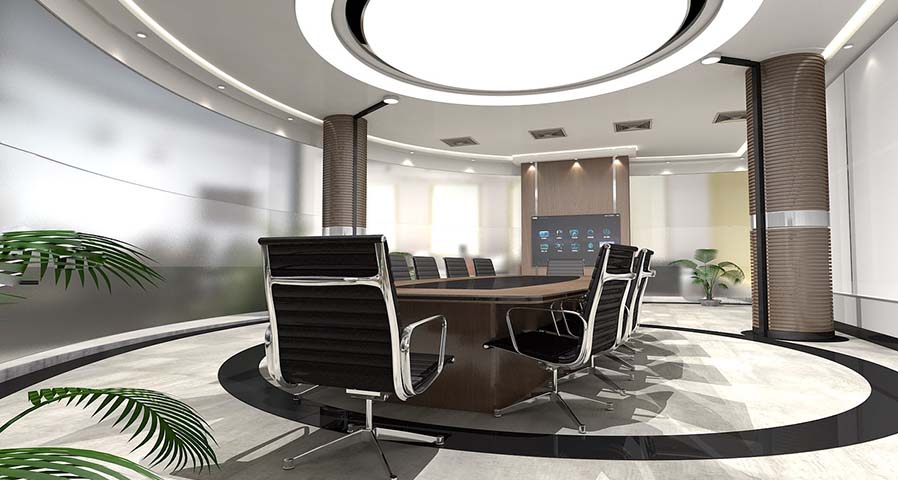
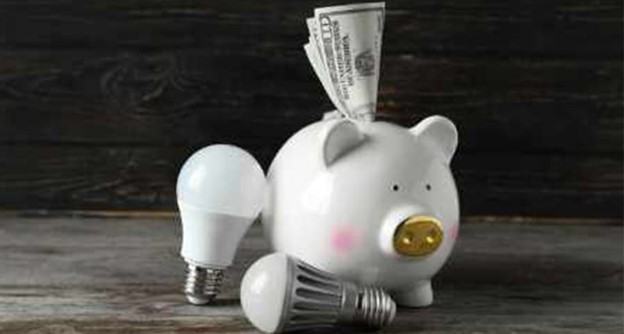
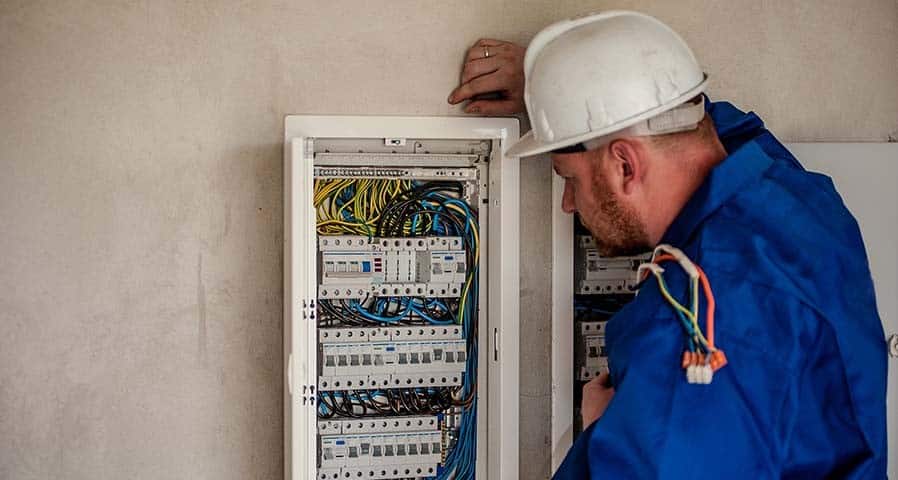
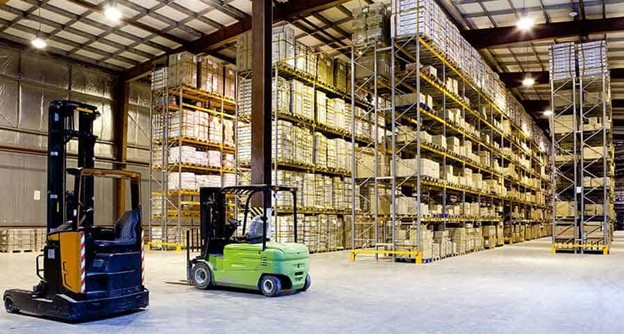
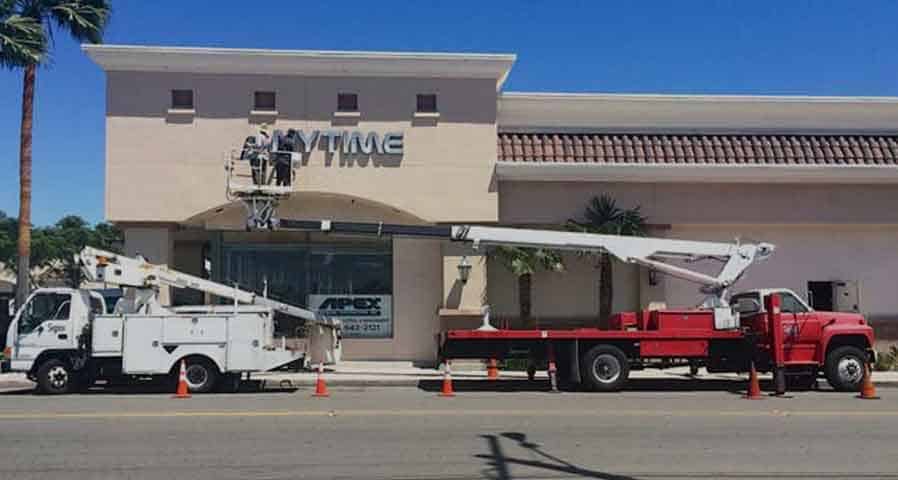

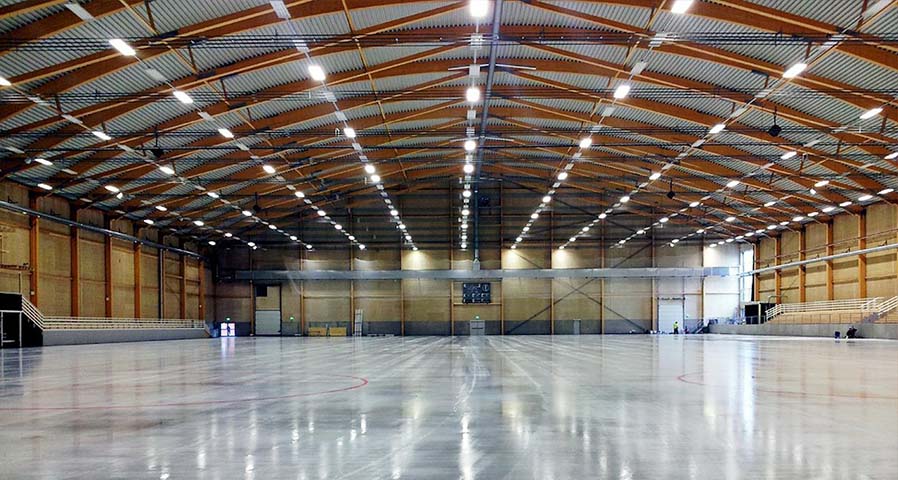








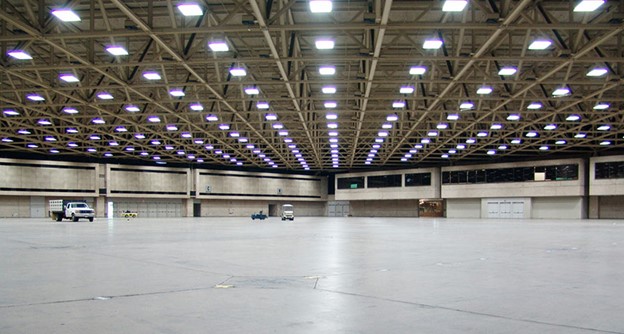
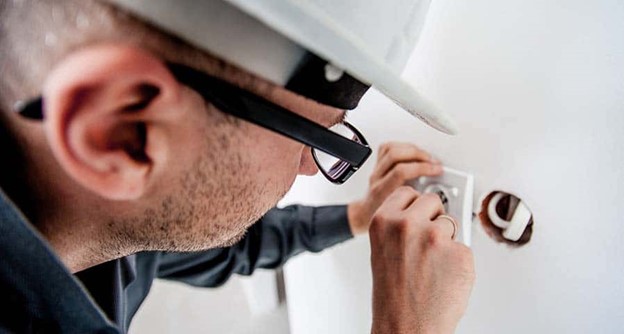

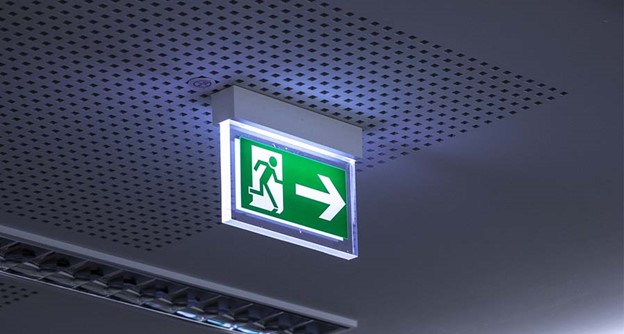
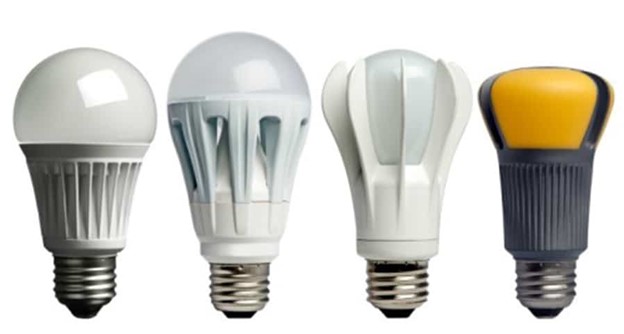
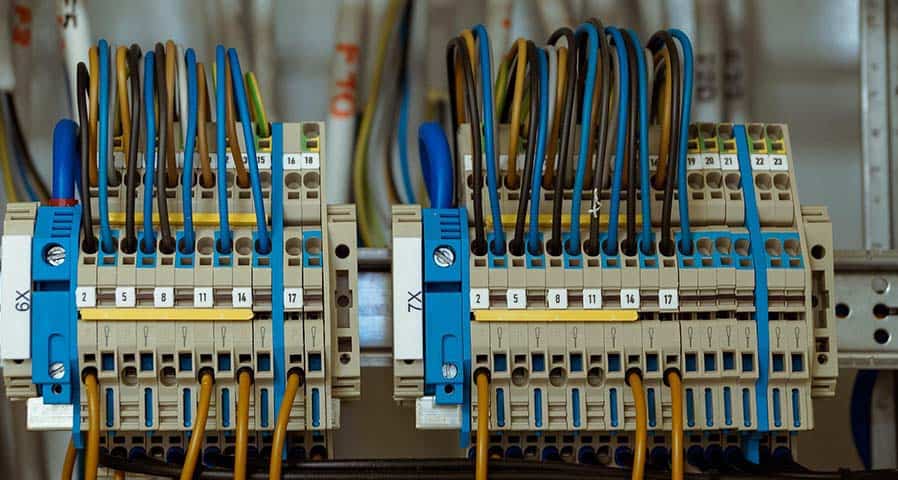
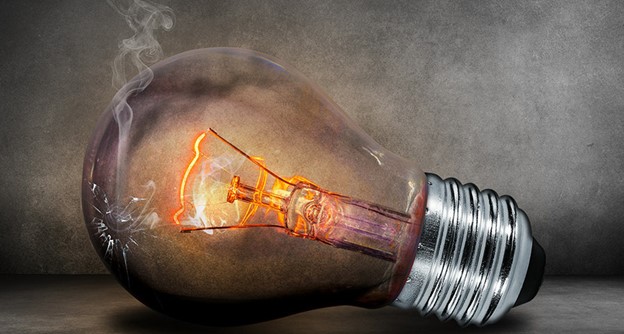


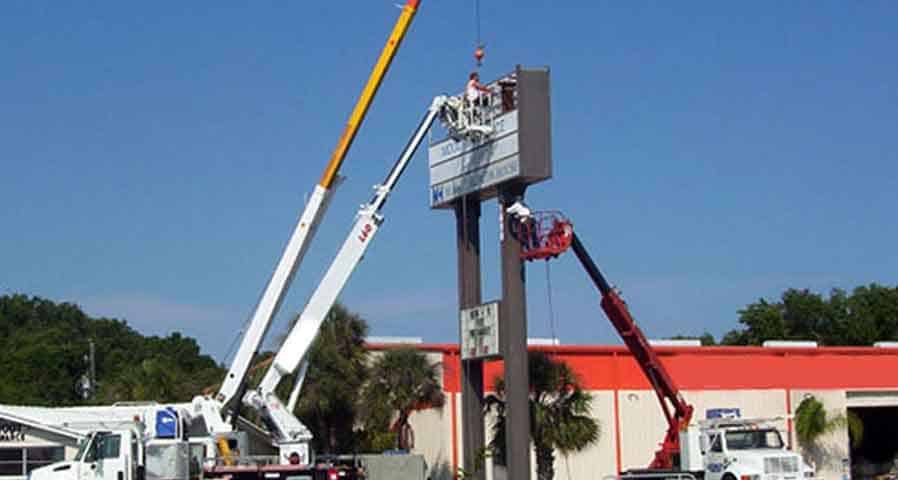

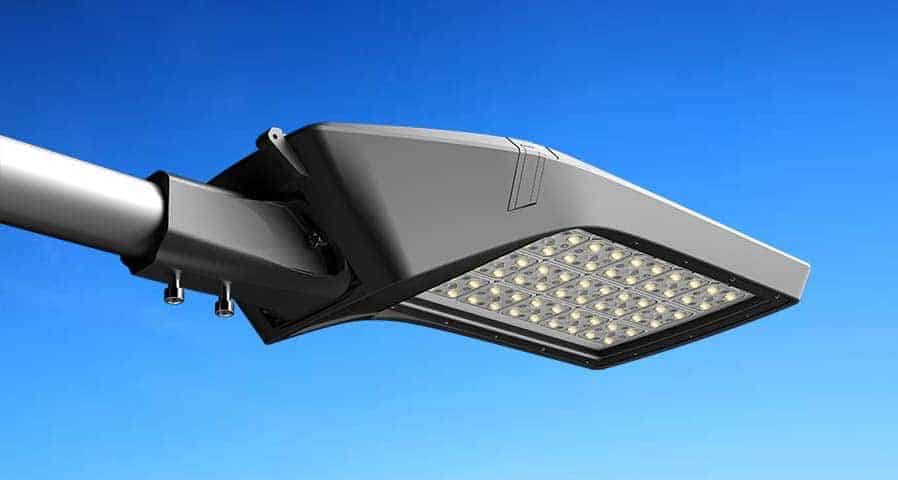
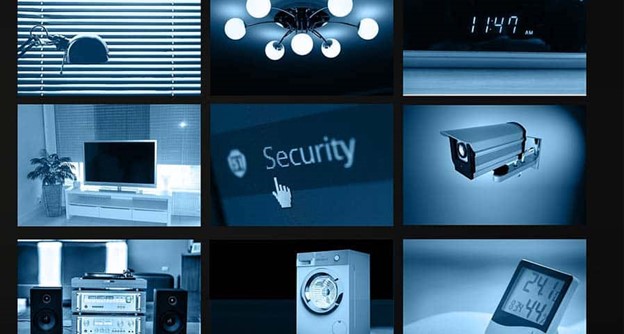
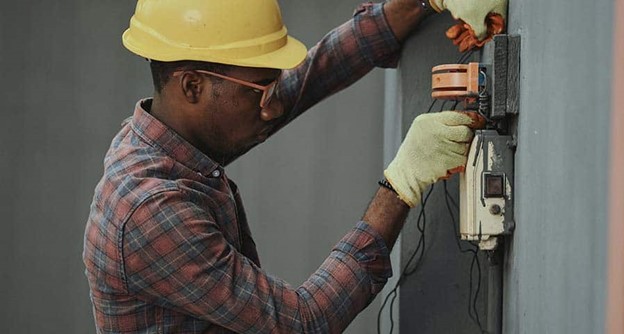
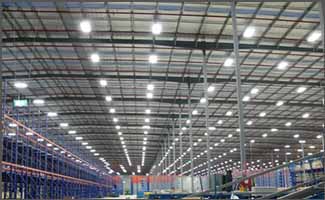





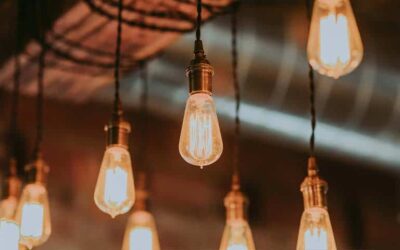
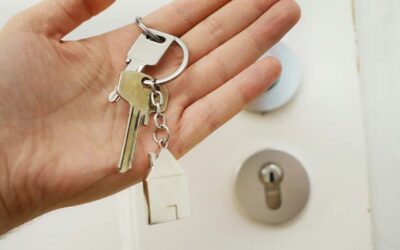
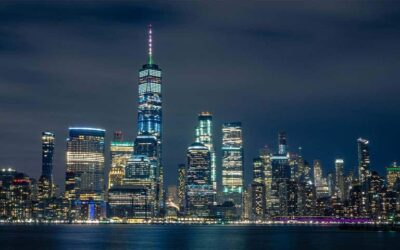
0 Comments